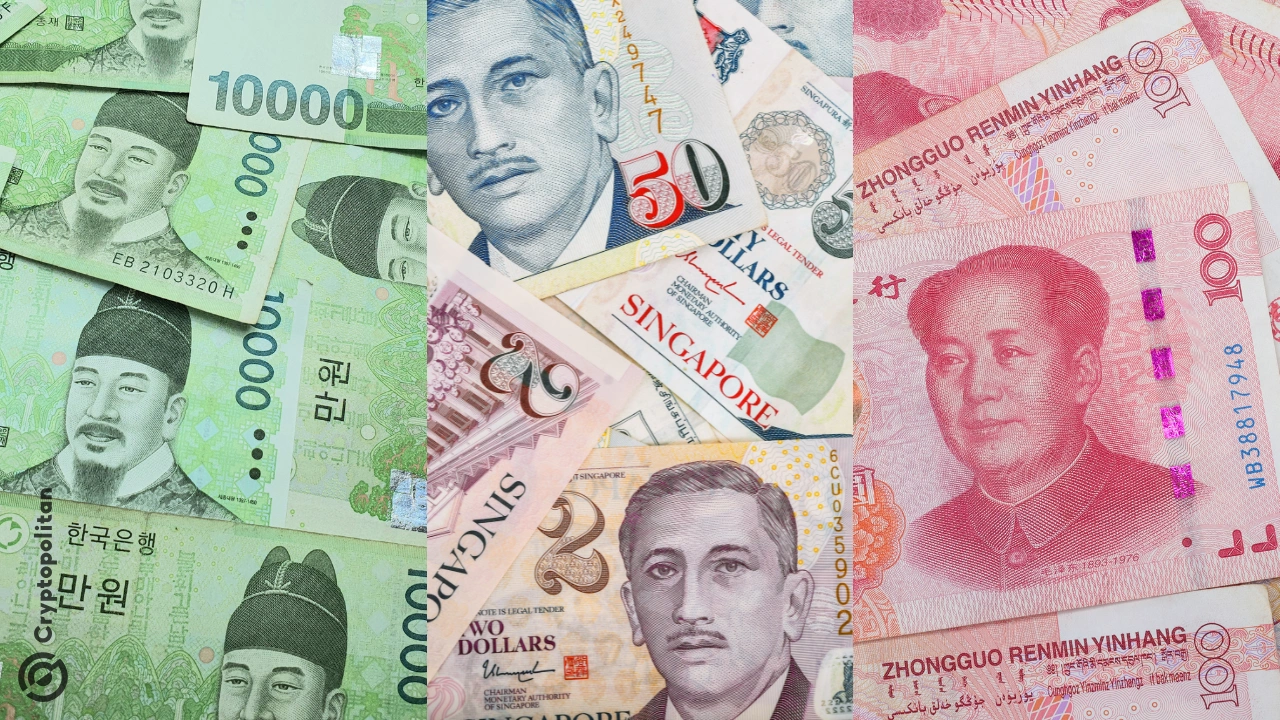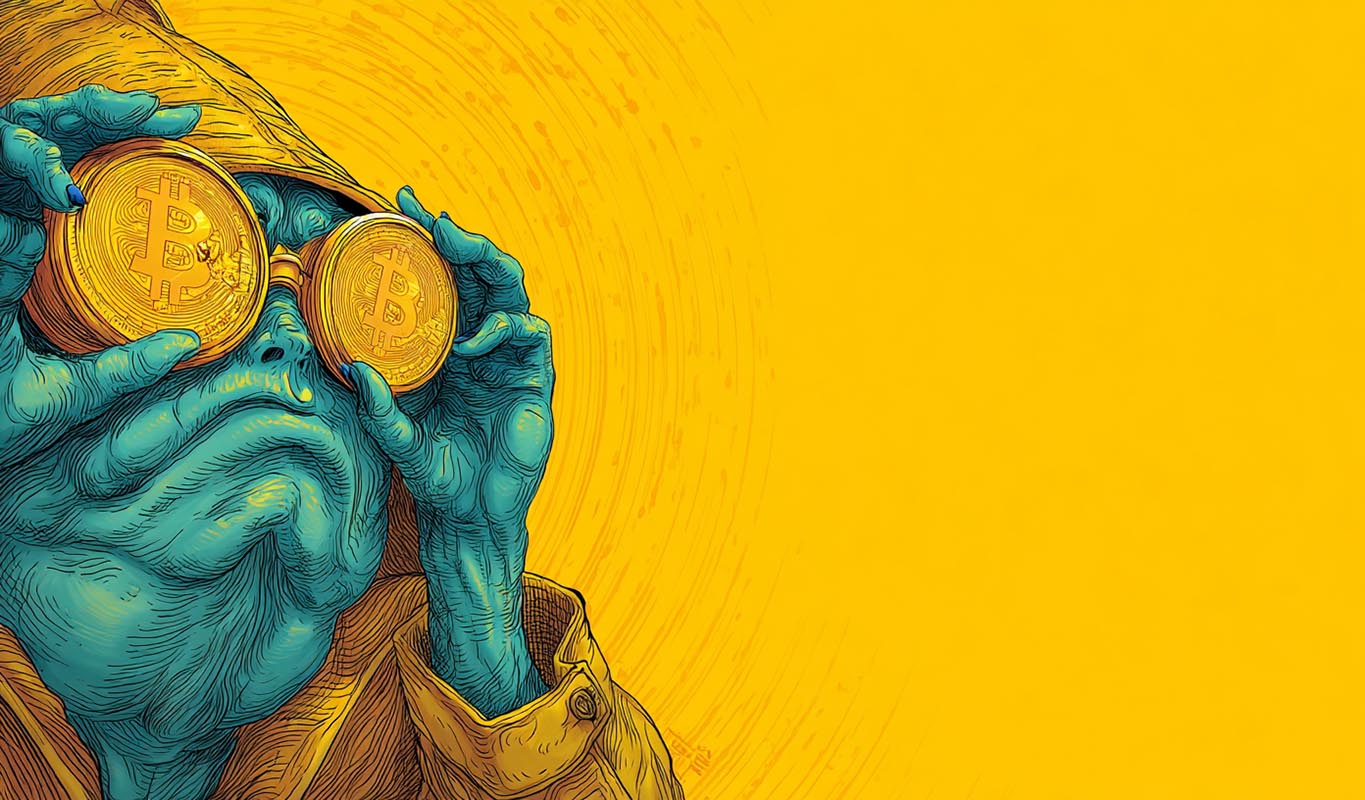U.S. stocks are about to end another turbulent month, with the S&P 500 expected to decline in April improved from a 5.7% decline in March, thanks to the calm in the second half of the month. However, many investors and Wall Street observers remain alert.
Goldman Sachs macro strategist Vickie Chang warns investors to wear seat belts as U.S. stocks may needExplore the lower bottom。
Some have hoped for the S&P 500's April 8 low4982 pointsAs a potential bottom. As Vickie Chang pointed out in a report on Tuesday, bottoming out economic activity in past adjustments usually heralds the bottom of U.S. stocks.
"What matters now is that the current situation is more like the adjustments driven by the 'shock' in the past, where the tariff shock seems to have peaked, is it enough to mark the bottom of the market, or it will eventually become a situation where economic data needs to stabilize first," she said.
She saidAs the market is facing a "new type of shock", it is hard to believe that just going through the worst period can be assured that the worst phase of the market has passed.In a situation where the market is difficult to track the source of weakness, the market does not bottom out until the growth itself bottoms out.
The strategist looked at the past selloffs that had fallen by more than 15% and the macroeconomic conditions that marked those bottoms. Her chart shows peak-to-low drops of 15% or higher, categorized as relatively clear factors.
Vickie Chang said that if investors can expect a repeat of the bottom of the market near the bottom of economic activity, as they did in the past, this could happen around the third quarter of this year, according to their forecasts. Of course, the recession means the bottom is coming later.
Vickie Chang said that in the recession scenario, there are still "significant vulnerability" even if the potential "shock" has passed for three reasons:
Shock-driven corrections require a “significant reversal” rather than just the pressure source peak, which means “the reversal of peer tariff policies needs to be more drastic to match the historical peak”;
The unemployment rate is the key to risk pricing, and the phenomenon of shrinking investors' assets and deteriorating employment has not occurred for many years;
The current 19% decline is still moderate compared to previous recession adjustments, and "if it is fully released before the economy is damaged, it will break the historical laws."
Vickie Chang said that believing that the market will continue to recover from its current level means that it is more convinced that there will be no recession scenario and that the market can continue to digest any weak data.
She believes that if betting on the continued recovery of the market, we need to firmly believe that the recession will not occur and that the market can ignore the deterioration of data. But Goldman Sachs recommends: "The risk balance still supports the stock market falling again from current levels, and the downside protection tool should be increased - especially when policy easing reduces hedging costs."













No comments yet